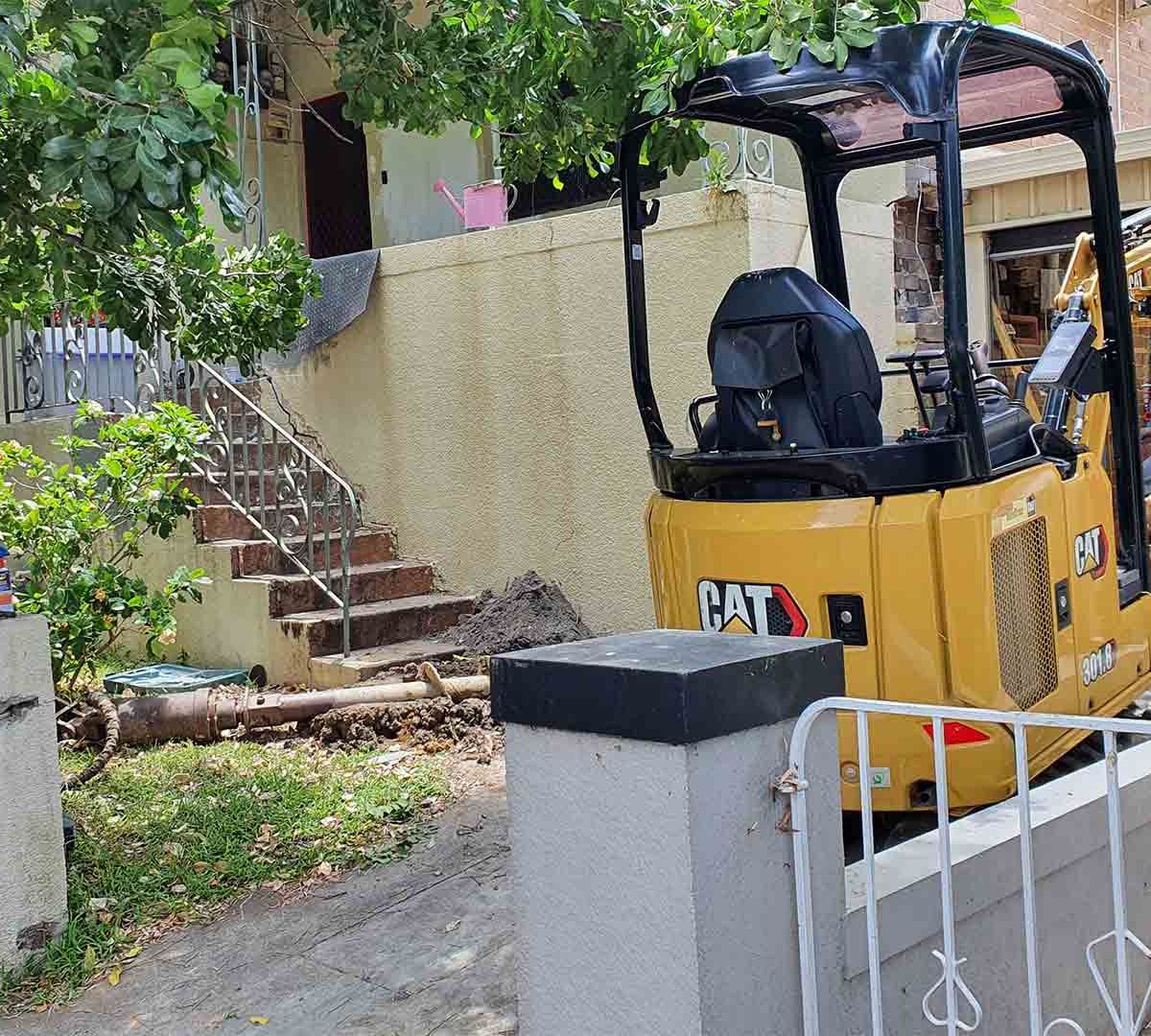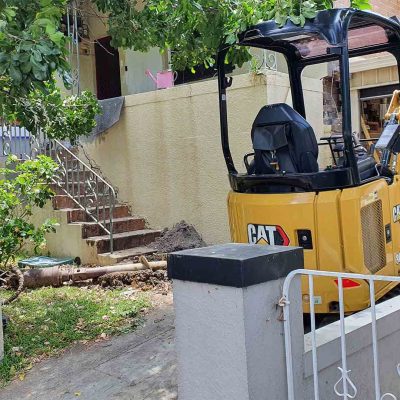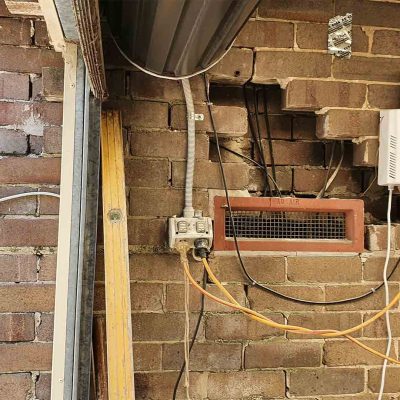Introduction
Retaining walls are essential structures in landscaping and construction, serving purposes such as erosion control, landscape enhancement, and structural support. However, like any structure, retaining walls require regular maintenance and occasional repairs to ensure their long-term functionality and structural integrity. In this blog, we’ll explore the best practices for maintaining and repairing retaining walls.
Regular Maintenance:
- Visual Inspection: Periodic visual inspections are essential for identifying early signs of damage, such as cracks, tilting, or bulging. Inspect the entire wall, including the base, stem, and top.
- Drainage Checks: Ensure that the drainage system is functioning correctly. Check weep holes, drainage pipes, and any surface drainage features for clogs or blockages. Proper drainage prevents water buildup behind the wall, reducing the risk of damage.
- Vegetation Control: Monitor and manage vegetation near the retaining wall. Plant roots can potentially weaken the wall’s structure over time. Trim or remove vegetation that poses a threat.
- Cleaning: Remove dirt, debris, and mud buildup on the wall’s surface to maintain its appearance and prevent staining or damage from long-term exposure to moisture.
Repairing Common Issues:
- Cracks: Small cracks can be repaired with epoxy or cement-based patching materials. For significant cracks, consult a professional for a structural assessment.
- Leaning or Tilting: Walls that have shifted or tilted may require professional intervention. A structural engineer can assess the situation and recommend appropriate corrective measures, which may involve wall reconstruction or stabilization.
- Bulging: Bulging walls can be a sign of pressure buildup behind the wall. Proper drainage and backfill material replacement may resolve this issue.
- Weep Holes and Drainage Issues: If weep holes or drainage pipes become clogged, they should be cleared to allow water to flow freely. Ensure that these components are functioning correctly to prevent further damage.
- Retaining Wall Cap Repair: If the cap stones or pavers on the top of the wall are damaged, they can be replaced individually or in sections. Ensure that the replacements match the existing cap stones to maintain a consistent appearance.
Professional Inspection and Maintenance:
- Regular Professional Inspections: While regular visual inspections are crucial, professional assessments by structural engineers or experienced contractors should be conducted periodically, especially for larger or load-bearing walls.
- Reinforcement and Stabilization: Professionals can provide reinforcement solutions to enhance the stability of the wall if needed. This may involve the installation of geogrids, tiebacks, or anchors.
- Correcting Drainage Issues: Experienced contractors can identify and correct drainage problems effectively, ensuring the long-term integrity of the retaining wall.
Timely Action:
Address any identified issues promptly. Neglecting problems can lead to costly and extensive repairs down the line. Timely repairs can prevent further damage, reduce repair costs, and extend the life of the retaining wall.
Preventive Maintenance:
Implementing preventive maintenance practices, such as regular cleaning and vegetation control, can help reduce the need for major repairs. These practices help retain the wall’s functionality and aesthetic appeal over time.
In conclusion, maintaining and repairing retaining walls is essential to preserve their structural integrity and functionality. Regular inspections, professional assessments, and prompt repairs are key to ensuring that retaining walls continue to serve their intended purposes effectively. By adhering to these best practices, you can extend the lifespan of your retaining wall, reduce the likelihood of costly repairs, and enjoy the long-term benefits of a well-maintained outdoor space.



